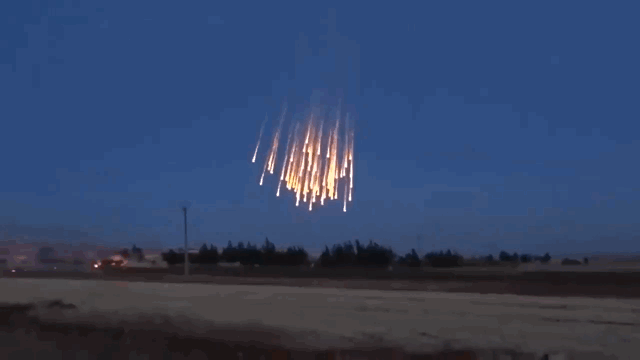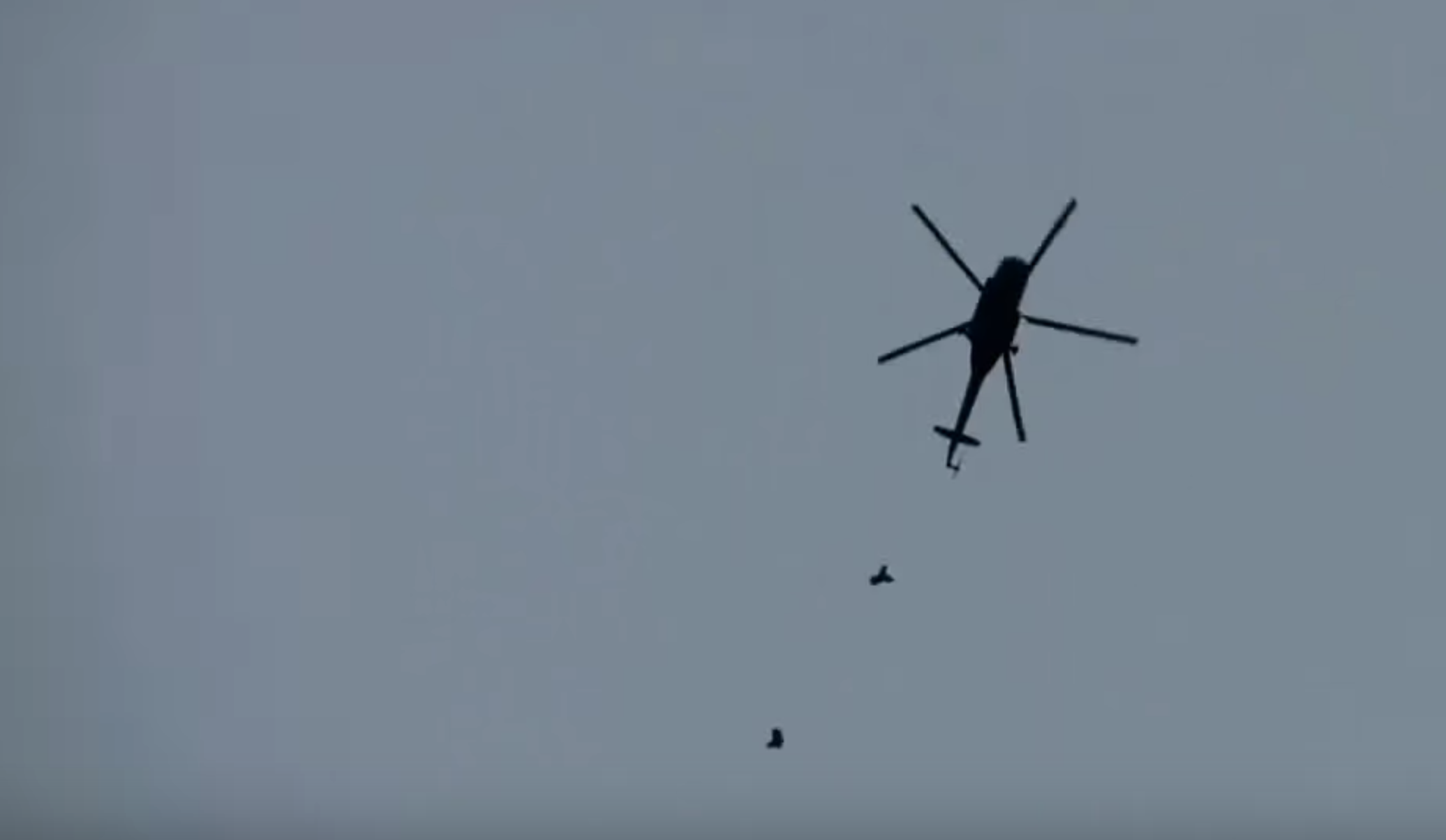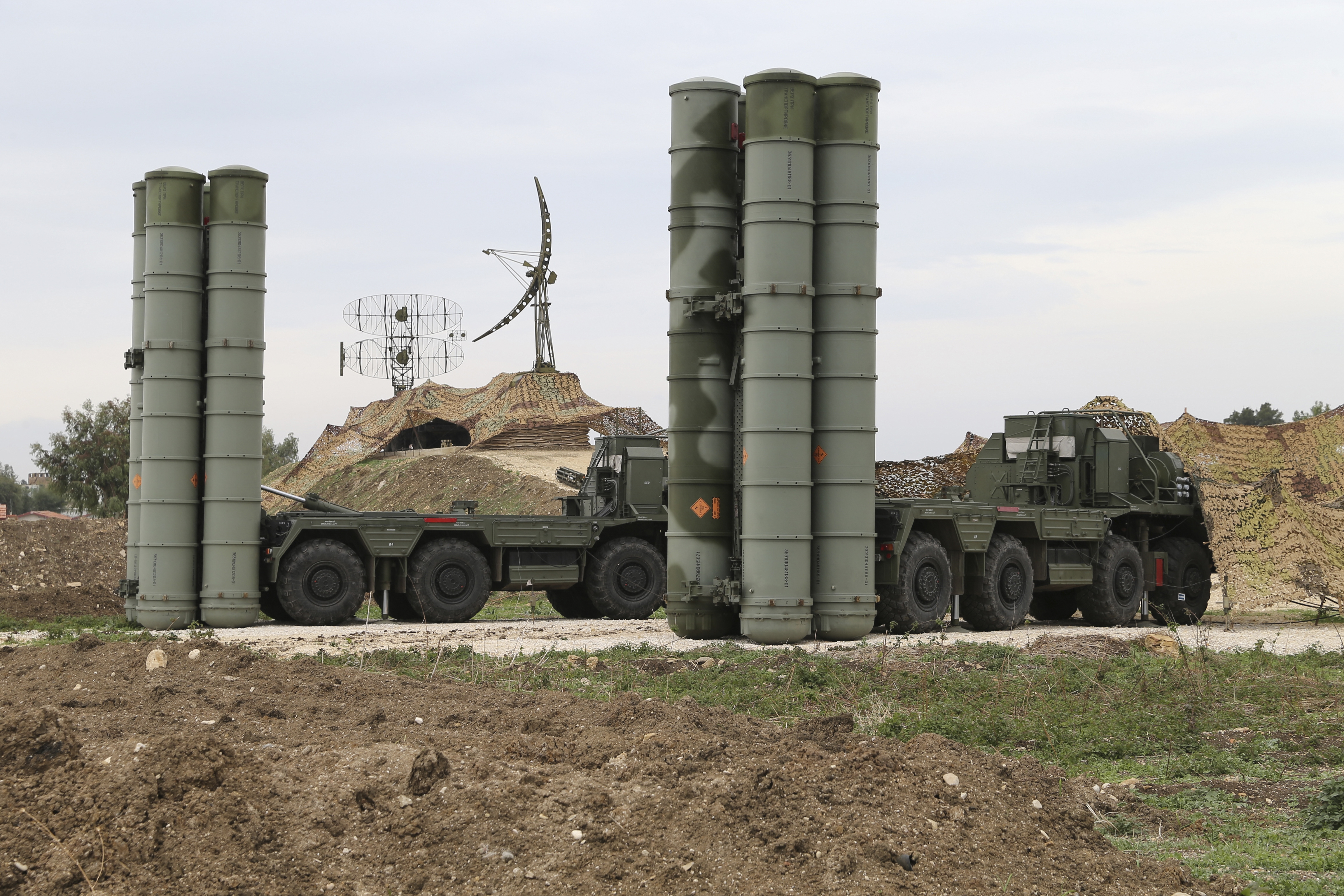Weapons of the Syrian War: Airpower (Syrian)
The Syrian military began the war with more than 500 aircraft, almost all Russian-made jets, transport planes, and helicopters.
Editor's note: This series examines 10 categories of arms used in the Syrian conflict, a ghastly proving ground for much of what 21st-century militaries and militant groups can bring to war.
First use: July 24, 2012. “L-39 COIN armed trainers began using rockets, bombs and gun pods, but they were quickly joined by MiG-21s and MiG-23s,” wrote The Aviationist. (Here's another report , from the Washington Post .)
Syria began its war with more than 500 aircraft, including 352 fixed-wing and 160 helicopters. Almost all were Russian-made jets, transport planes, and helicopters. As with all arms categories, the list of various models is quite lengthy. By February 2013, on the eve of a particularly bloody 12 months, the government's air fleet looked like this .
Bombs, missiles, and other munitions dropped by Syrian pilots include:
- ODAB-500 PM thermobaric munitions, aka " vacuum bombs "
- S-25 OFM , whose enormous warhead is designed for hardened targets
- OFAB 100-120 unguided munitions
- R-40 and R-60 missiles, built to hit aircraft but reconfigured for ground strikes
- Kh-series unguided munitions: 31A, P, 59, 73, 25, 28, 29L
- Kh-29T and Kh-58 guided missiles
- KAB-500 and KAB-1500 guided bombs
- S-24 and S-25 air-to-ground rockets
- Cluster bombs
- Incendiary munitions . The Assad regime has been using these since at least late 2012, but since Damascus has not signed the 1980 Convention on Conventional Weapons or its Protocol III, which bans air-delivered incendiary weapons in areas with “concentrations of civilians,” Syria can more or less get away with the practice. Here's what it looks like underneath an incendiary bombing near Aleppo in late June.
- Chemical weapons
- Barrel bombs

Cluster bombs, presumably Russian, strike Aleppo in June 2016.

Incendiary weapons strike Aleppo in June 2016.
Barrel Bombs
First recorded use: August 22, 2012 , in Aleppo, then days later in Idlib. First recorded attack that caused casualties: September 2012.

Screengrab via Youtube, purportedly from 2013 in Damascus.
By summer 2012, Syrian rebels had enough air-defense weapons — largely provided by foreign governments — to force enemy aircraft to fly at higher altitudes. In response, the Syrian Air Force switched from fixed- to rotary-wing aircraft and began using "barrel bombs," a catch-all phrase covering a wide range of munitions generally improvised from lengths of pipe or actual barrels. They have proved fearsome weapons; a single barrel bomb has been known to bring down several buildings at once.
The Assad regime commonly uses “Mi-8/17 helicopters to toss old storage tanks or sheet metal cylinders packed with explosives and metal scrap—'barrel bombs’—out of helicopters," according to a 2013 U.S. Air Force write-up on Syrian air power. "No one knows whether the air force used this tactic to maximize its helicopters’ multifunctionality or to save factory-grade munitions for the attack jets. Regardless, high-altitude employment of these ‘bombs’ clearly terrorized the civilian populace to great effect. One Syrian refugee described the bombs as so big that ‘they sucked in the air and everything crashes down, even four-story buildings.’”
So why use barrel bombs? Like the GRADs and SCUDs, their effect is terrifying. Speaking of which, barrel bomb contents have been known to include chemical weapons .
Britain, France and Spain drafted a UN resolution in October 2015 to ban the use of barrel bombs in Syria; but that resolution was rejected by Russian officials, who said the measure might jeopardize peace talks.
Chemical Weapons
First known use: October 2012 in Idlib governorate, according to the UN .
The 1925 Geneva Protocol, crafted after the use of poison gas in World War I , has generally deterred the use of chemical weapons. That deterrence failed during the Syrian war. In 2012, U.S. President Barack Obama warned Assad that using such weapons would cross a “ red line .” Yet nearly a dozen attacks were reported before one was captured on video and revealed to the world on August 21, 2013. That attack strongly implicated the Syrian regime, but it did not definitively identify the government as the perpetrator. Nor did a U.S.-drafted UN Security Council resolution condemning those attacks."
Impact: None at the time—other than terror—to much of the world’s dismay. Chemical weapons are still used occasionally, particularly around Mosul , where they are attributed to ISIS in Iraq.
Anti-Aircraft Weapons

Russian S-400 long-range air defense missile systems are deployed at Hemeimeem air base in Latakia, Syria, on December 16, 2015. (Russian Defense Ministry via AP)
Among the large anti-aircraft weapons in play—apart from the Syrian systems in the image slider above—are Syria's 300km SA-5 and Russia's 250km S-400.
For a look at the anti-aircraft weaponry in rebel hands, go here .
Overview | Small Arms | Tanks | Artillery | Airpower (Syrian) | Anti‑Aircraft Weapons | Barrel Bombs | Chemical Weapons | Airpower (Non‑Syrian) | Cruise Missiles | Suicide Bombers | Advisors
NEXT STORY: Weapons of the Syrian War: Airpower (Non-Syrian)




